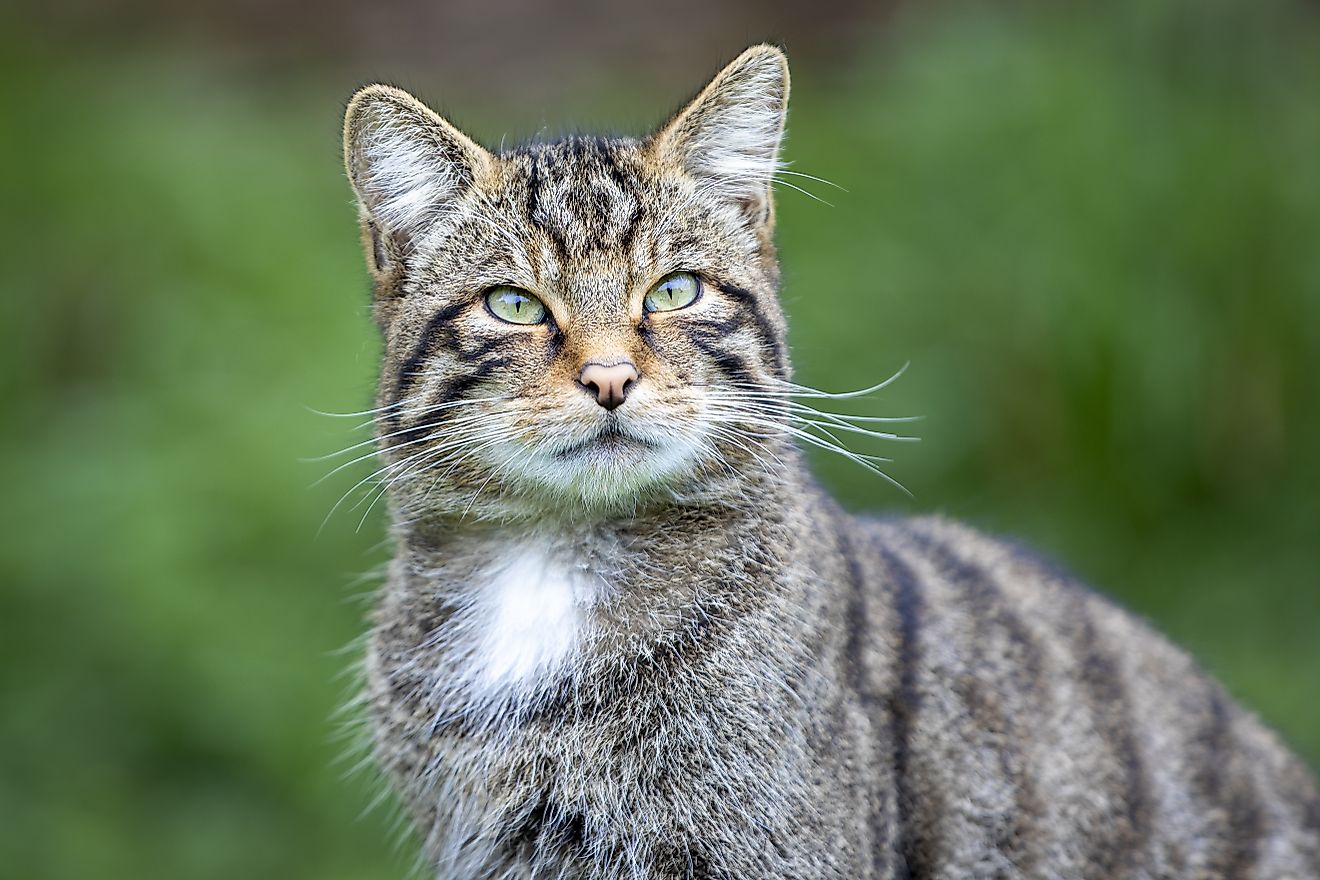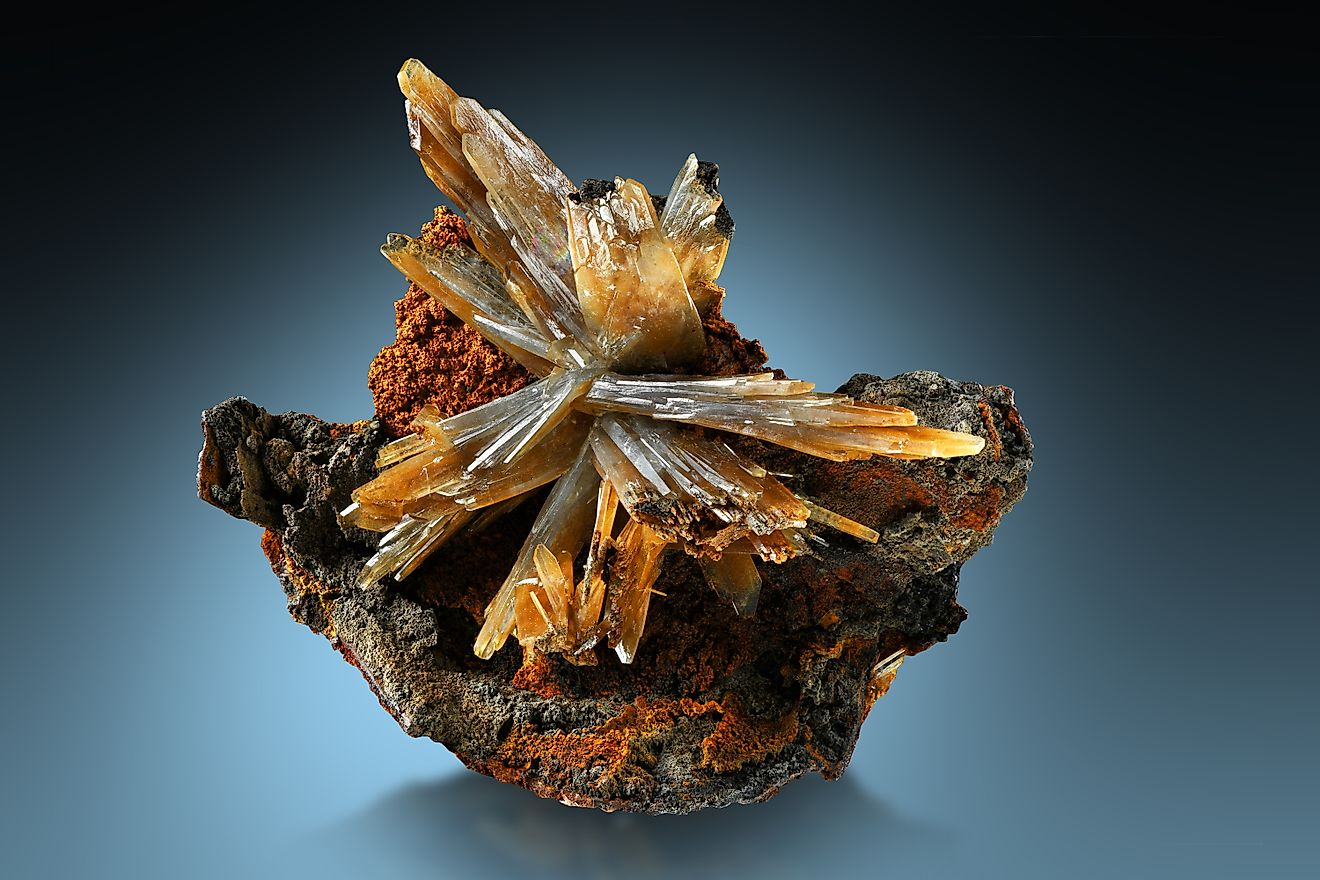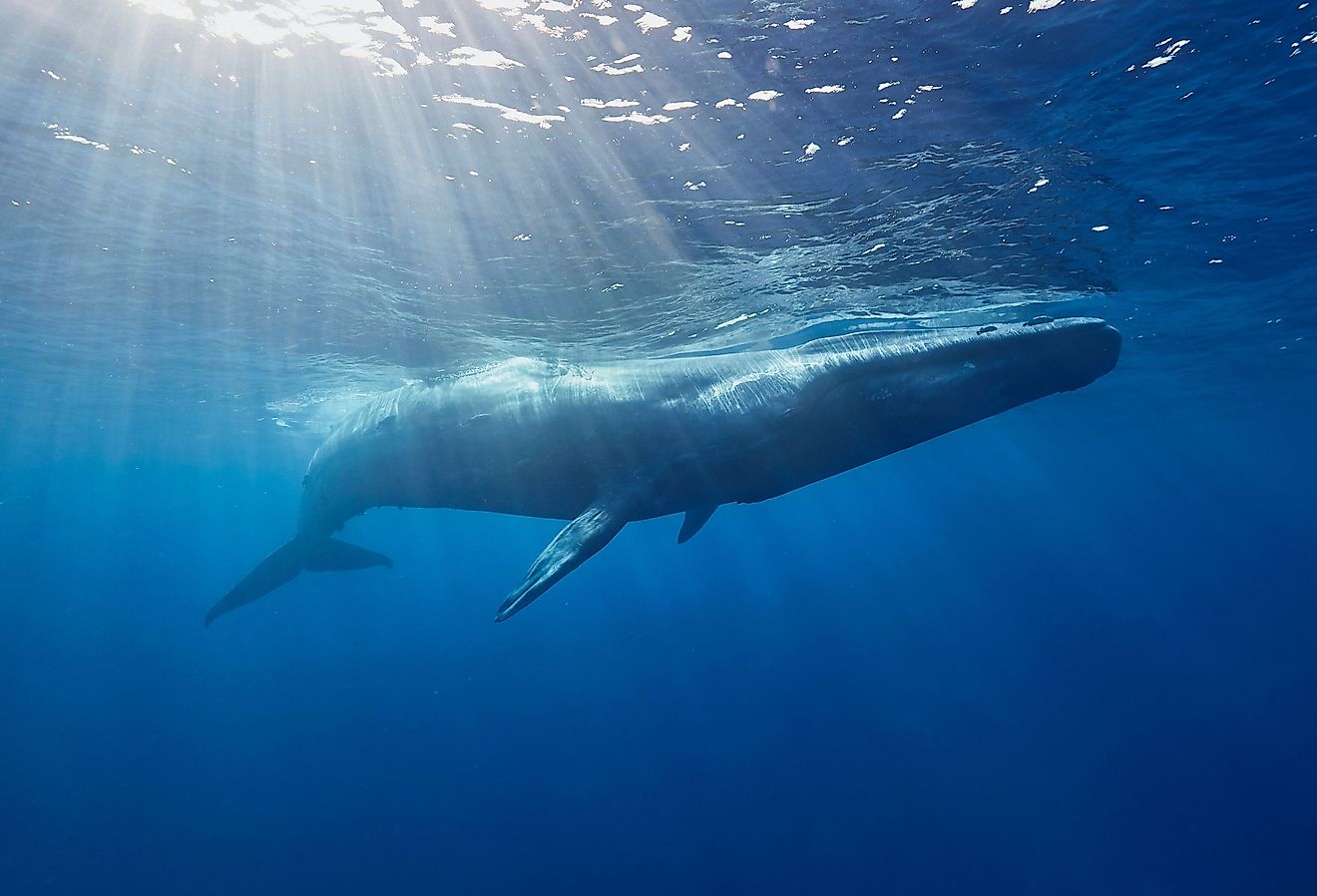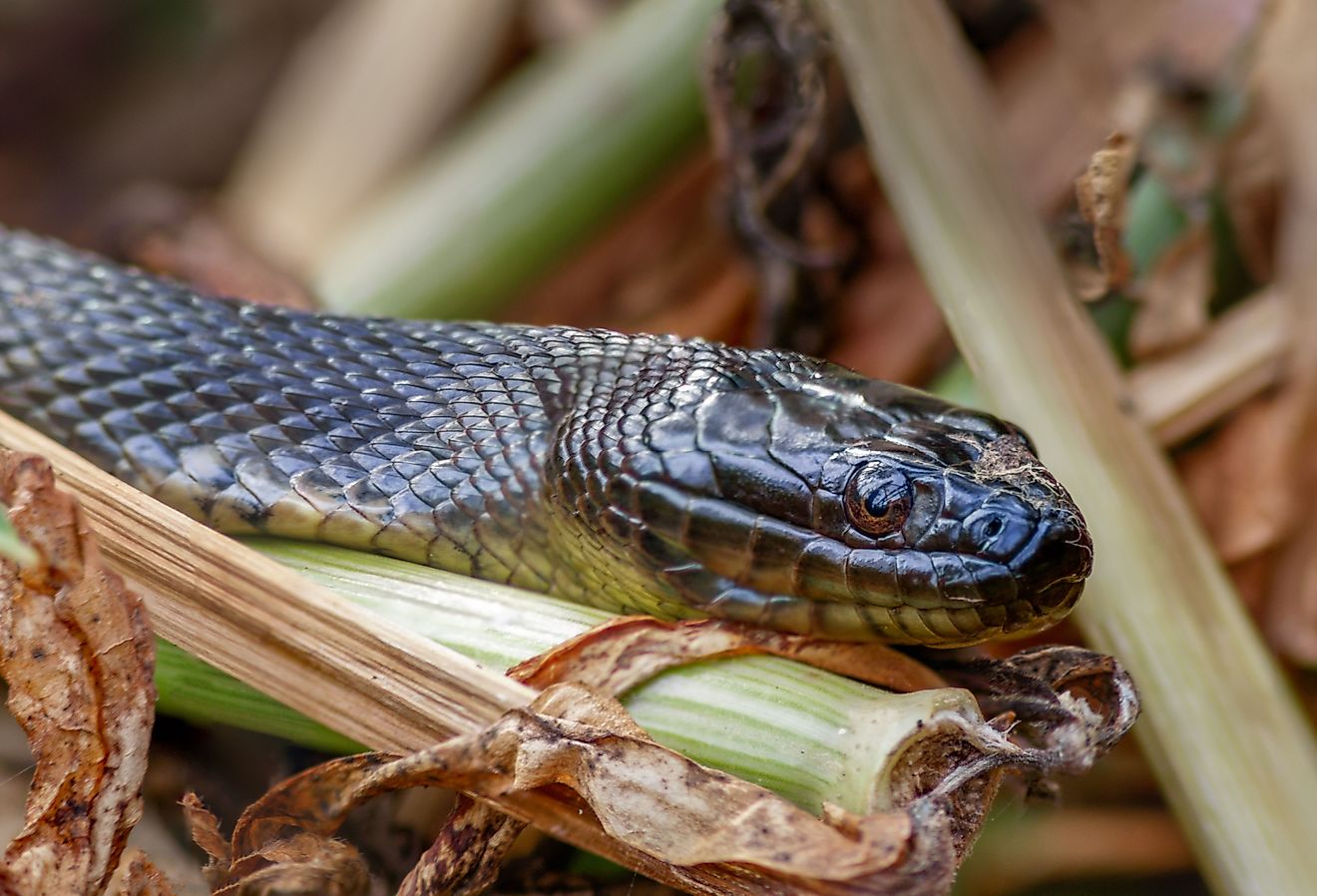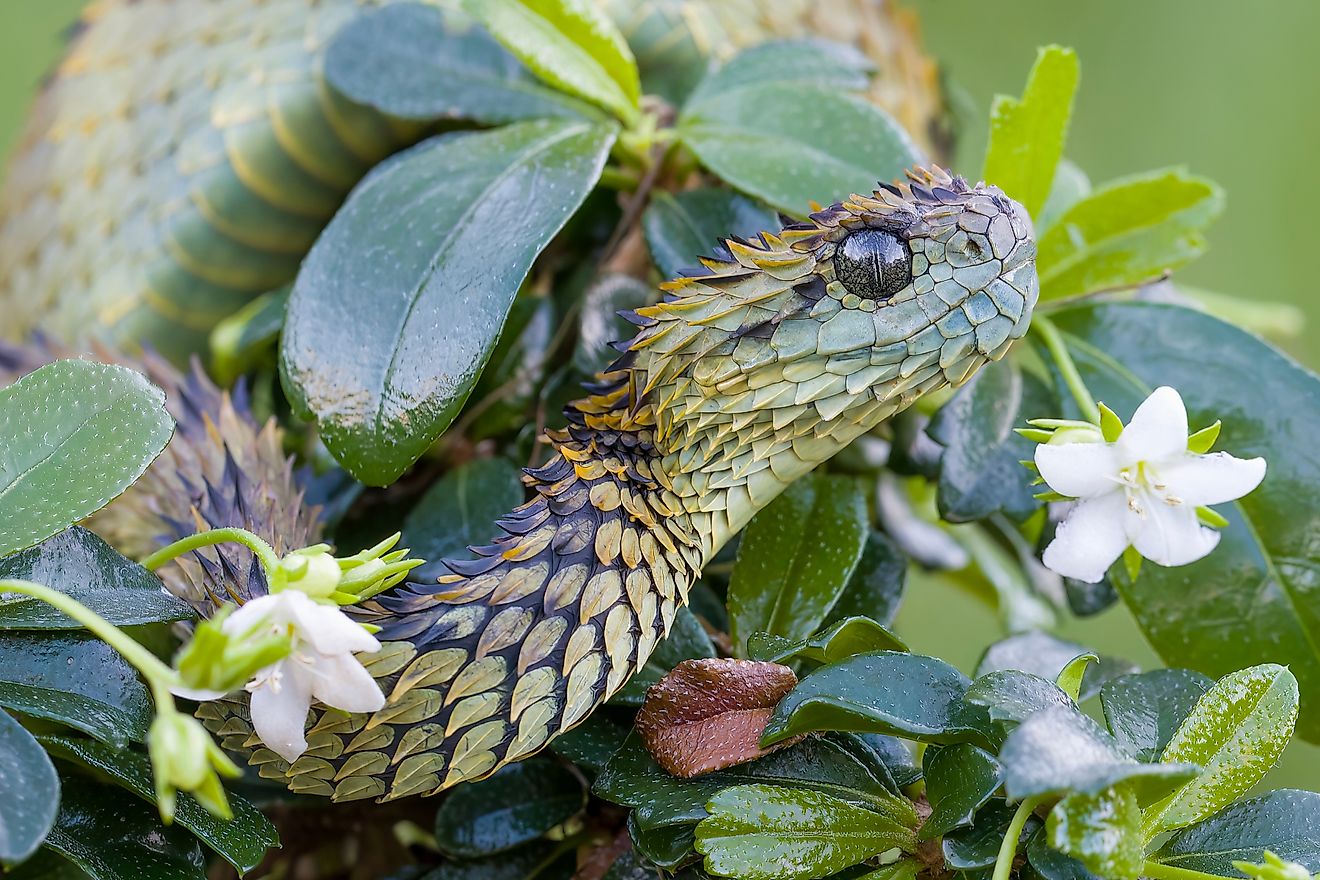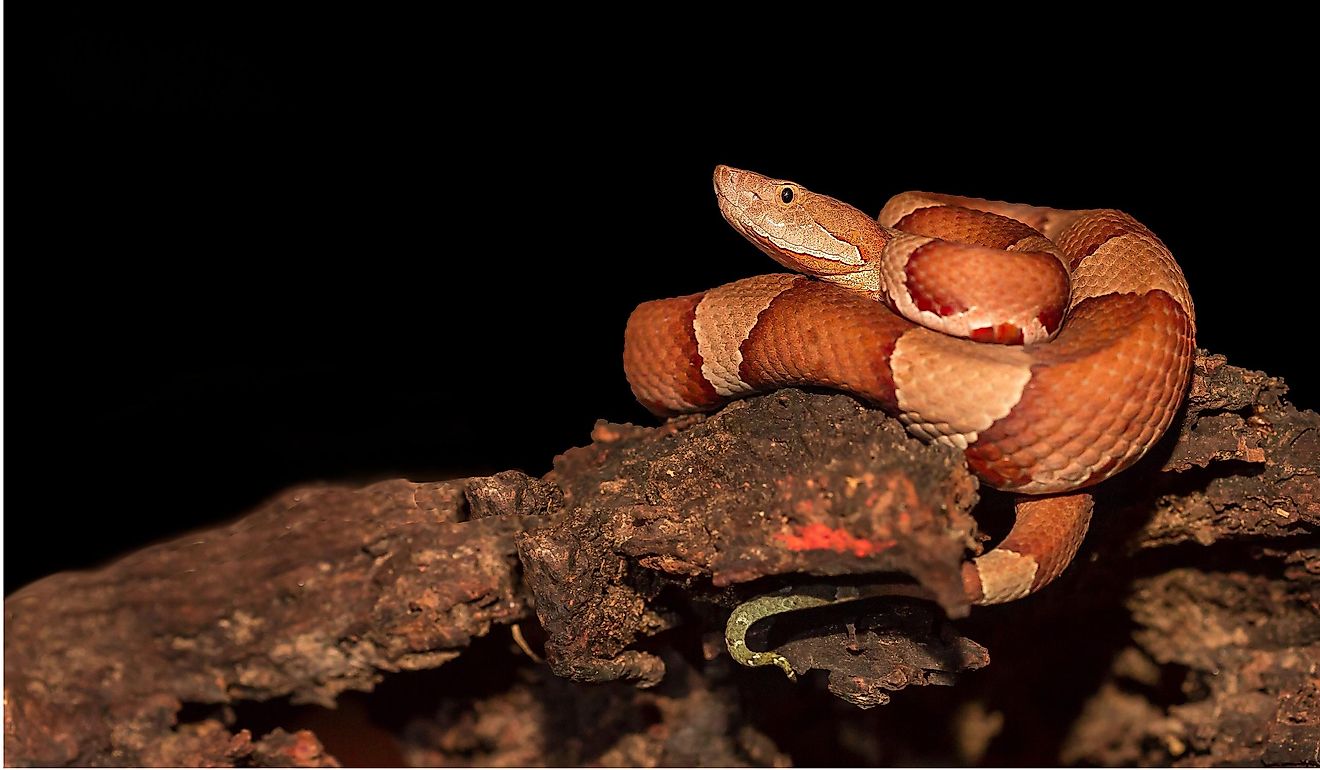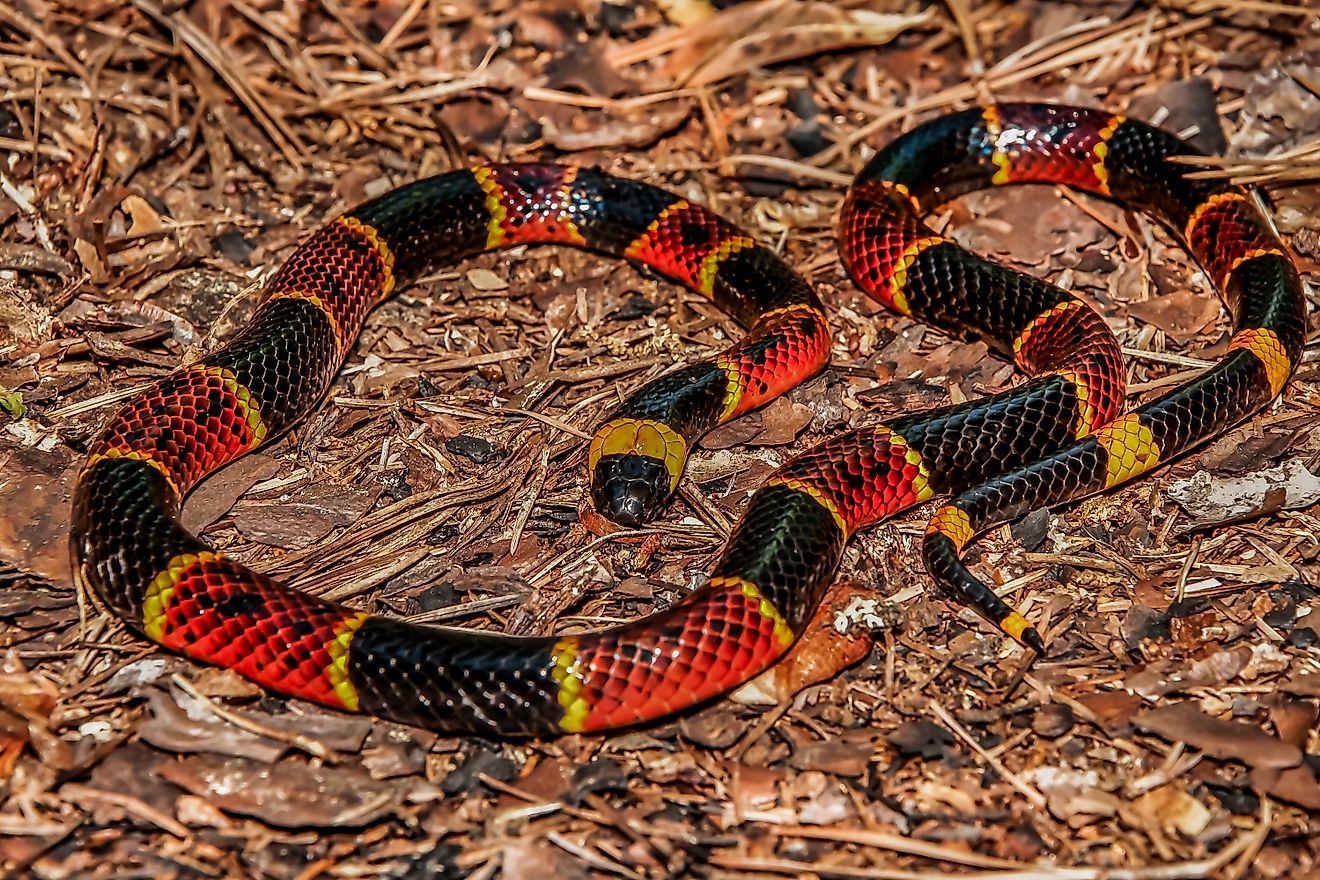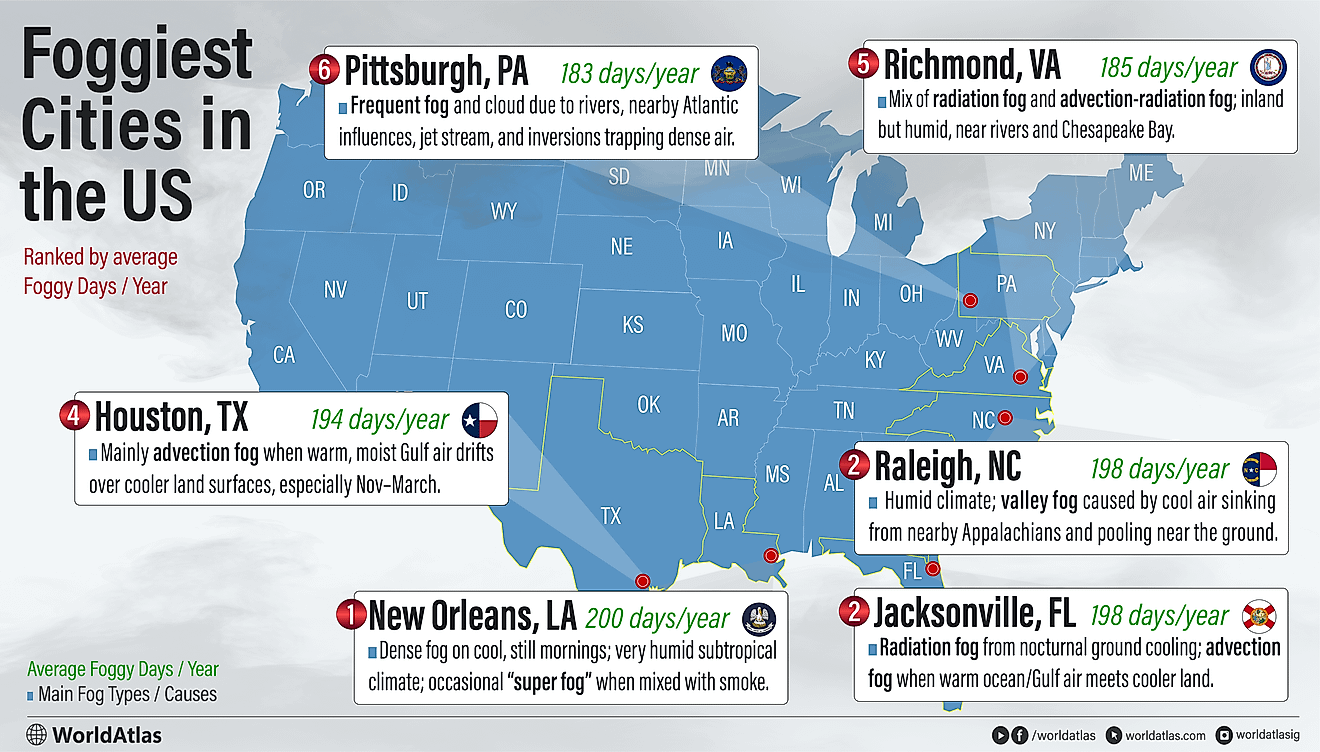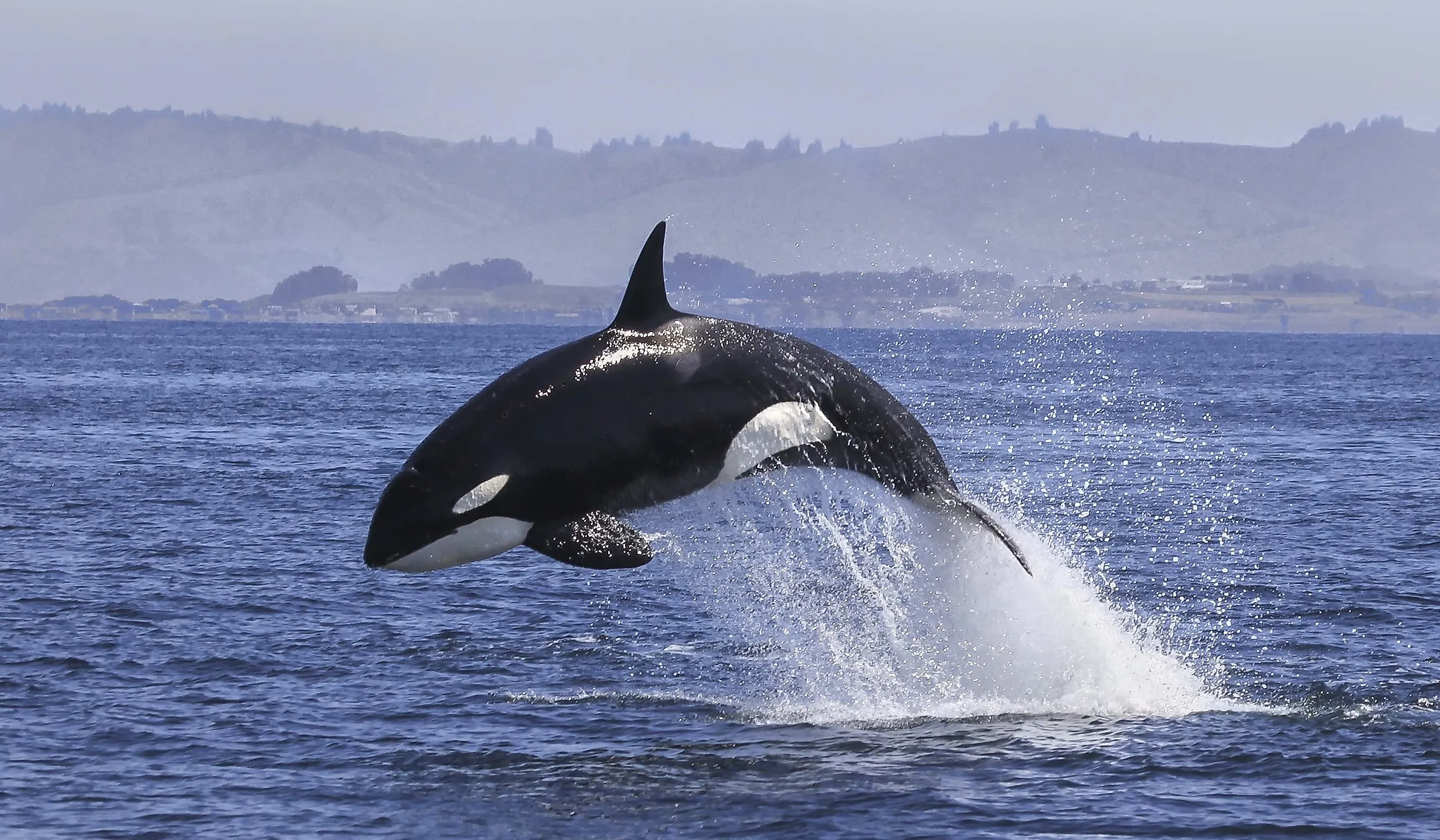
Washington State Animal Showdown: Orca vs. Roosevelt Elk
The orca was named the marine mammal of Washington state in 2005. Some have advocated for the Roosevelt elk to become the state animal of Washington. Let's compare the two types of mammals and decide if the Roosevelt elk presents a real challenge to the orca, which has held the state title for the past 20 years.
The Orca
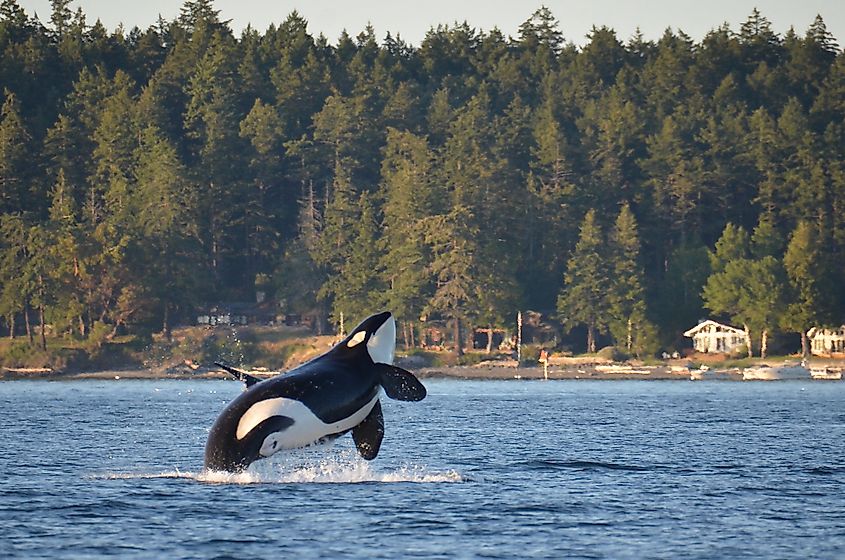
The orca (Orcinus orca), also known as the killer whale, is the marine mammal of the state of Washington. Why does Washington claim the killer whale as its state marine mammal? It was officially adopted as such in 2005, after research and pressure from second graders at Crescent Harbor Elementary School in Oak Harbor. The school children were drawn to the orca's unique characteristics and presence in the waters of Washington state.
The orca is the largest member of the dolphin family and is found in every ocean in the world, in open seas and coastal waters. Orca can weigh up to 11 tons, grow to 32 feet long, and live from 30 to 90 years.
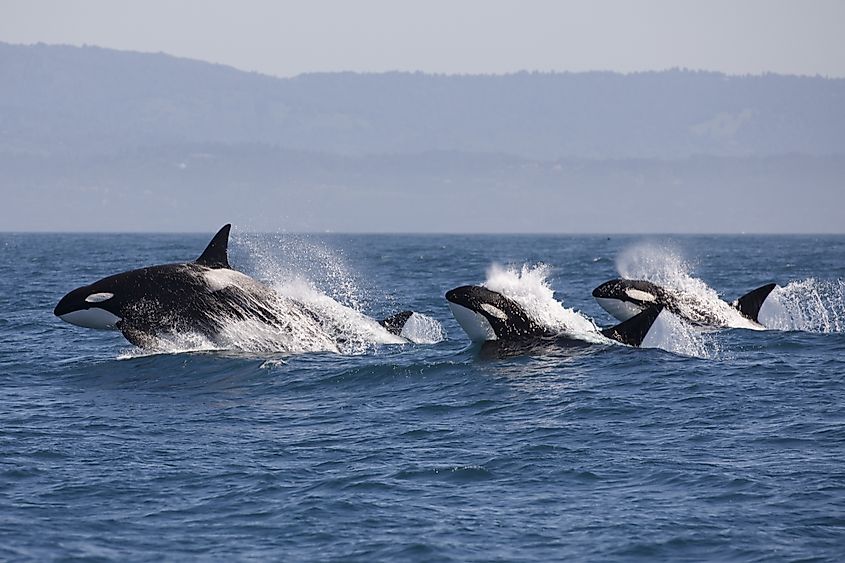
Orcas are generalist eaters, eating fish, seals, sea lions, porpoises, dolphins, sharks, rays, cephalopods, seabirds, and more. It has been discovered that some families of orcas only eat specific prey, however. When it comes to communication, orcas have vocalizations and calls unique to their pod and/or family group. They have passed down knowledge over generations about where to find food, how to avoid threats, and more.
Male orcas are sexually mature at 13 years of age, while females reach maturity between six and 10 years of age. Orcas are polygamous and may have multiple partners in a single season. Males may court females for up to 10 days, and may mate with females who are already pregnant.
The orca gestation period is 15 to 18 months, and births may happen at any time of the year (although they are more common in the winter months). Researchers have found that female orcas living in the North Pacific Ocean usually do not reproduce after they are 46 years old. Mothers give birth to single offspring, about every three to ten years. The mortality of baby orcas is high in the first six months of life.

Orcas have long been revered by Native Americans as powerful, spiritual beings associated with strength, protection, and family. Some Native Americans believe that when an orca is seen offshore, it is a deceased family member or chief trying to communicate.
The orca draws many visitors to Washington state each year. Pods of orcas migrate each year through Puget Sound, easily visible due to their distinctive black and white markings. When the orca was declared Washington's marine mammal, the state legislature hoped to promote awareness of the orca and encourage protection of its natural marine habitat. They were once targeted by hunters and fishermen, and are still captured worldwide for marine parks (although this practice was banned in the US). They are still victims of whaling in parts of the world.
The Roosevelt Elk
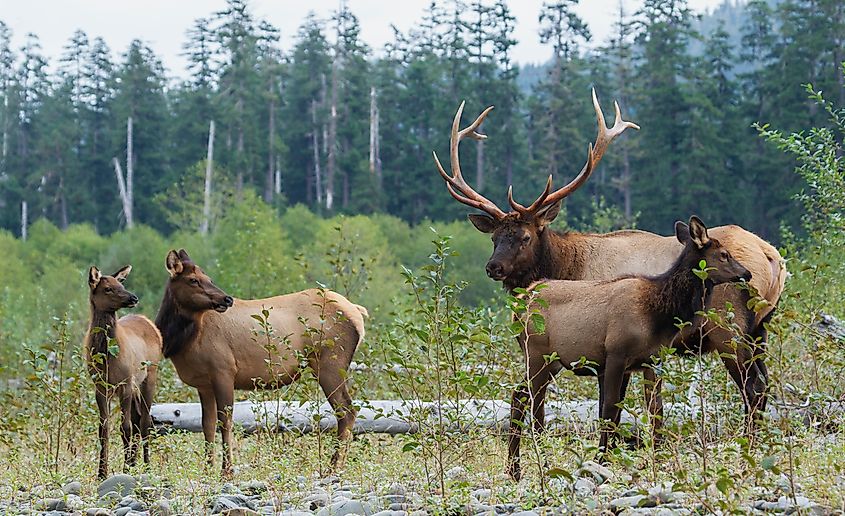
A subspecies of the North American elk (Cervus elaphus), the Roosevelt elk (Cervus elaphus roosevelt), named after President Theodore Roosevelt, is a brown elk standing 2.5 to 5.6 feet high at the highest part of their back, ranging between 6.9 and 8.5 feet long, and weighing between 377 to 1096 lbs. They are one of the largest members of the deer family, Cervidae. Male Roosevelt elk (called bulls) are larger than females (called cows) and also have large antlers that they shed and regrow annually. Roosevelt elk live from 12 to 15 years in the wild, but have lived up to 25 years in captivity. Predators of Roosevelt elk include grey wolves, mountain lions, black bears, and humans.
Roosevelt elk live in mountains throughout the Pacific Northwest, and in Washington, are usually found to the west of Interstate 5. The largest known population of Roosevelt elk, numbering 5,000, live in Olympic National Park.
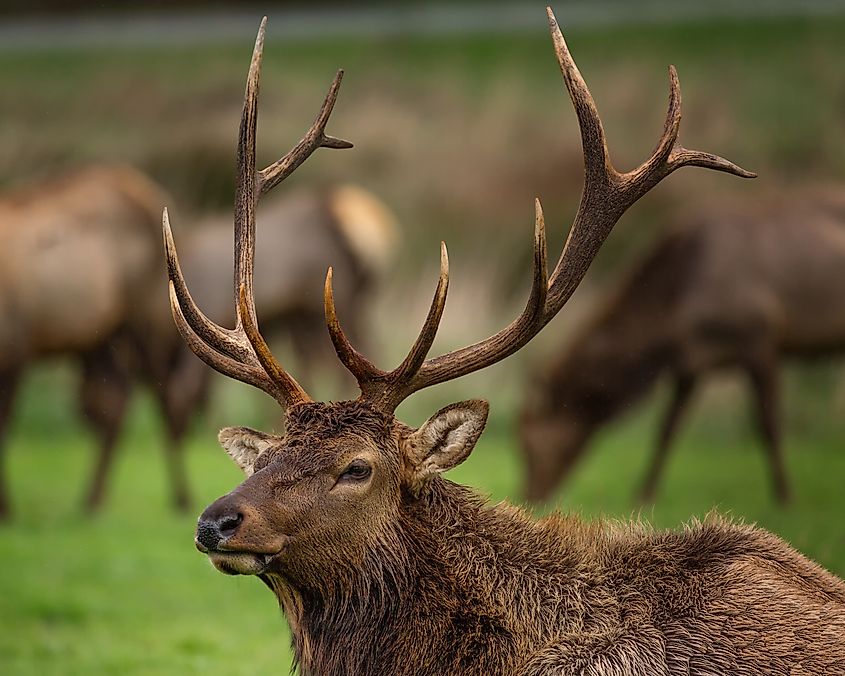
During the summer, they travel to higher, cooler elevations. In wintertime, they move to the valleys searching for shelter and food. Being herbivores, elk only eat plants. Female elk and their young tend to live in loose herds, while males live alone or with other males until mating season.
Male Roosevelt elk make a noise called bugling, which is a type of roar and whistle, to communicate, especially during mating season. Other sounds Roosevelt elk produce include barks, squeals, chirps, and mews. They also communicate with one another through body language.
Roosevelt elk reach sexual maturity around age two. Once mature, a male bull will attract a group of females and try to expel all other males from the group. Mating, also called rutting, will happen during late summer and fall. Bulls are more aggressive during mating season, displaying their antlers, necks, and bodies. Once reproduction has been achieved, a cow will bear just one calf the next spring.
Native Americans in the Pacific Northwest value the Roosevelt elk for providing them with food, clothing, and materials. The elk is also seen as a powerful symbol of strength, endurance, perseverance, and adaptability.
Orca vs. Roosevelt Elk
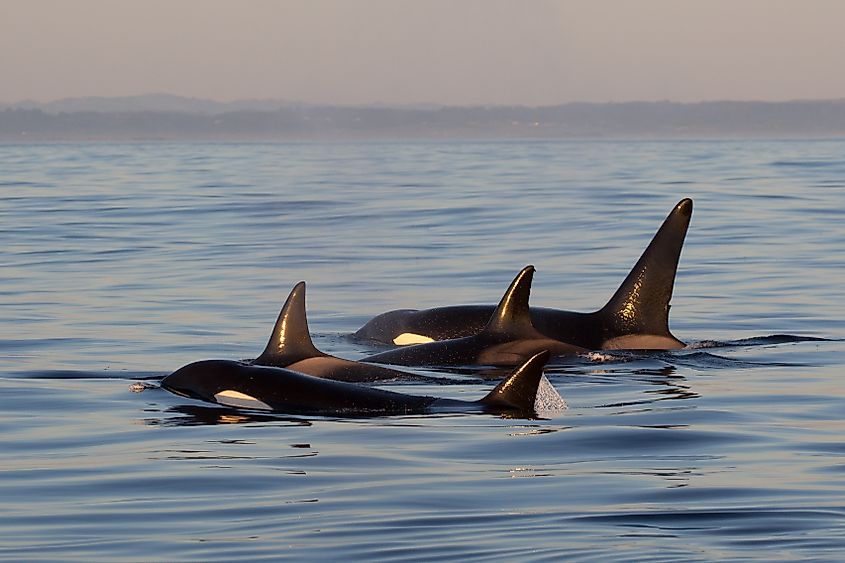
Both the orca and the Roosevelt elk hold important places in Washington's culture. Each has long been valued by Native Americans for various reasons. These mammals are each formidable symbols of strength. They also draw thousands of visitors to the state each year, hoping to catch a glimpse of them.

There really is no true direct comparison between the orca vs. the Roosevelt elk as symbols of Washington state, however, as the orca is a marine mammal and the Roosevelt elk is a land mammal. The state's endemic mammal, the Olympic marmot (Marmota olympus), would be a better direct comparison to the Roosevelt elk. The Roosevelt elk is not considered endemic to Washington, as although they are native to Washington, they are found in other areas (endemic mammals are found nowhere else in the world). So, there would be no reason for the Roosevelt elk to be re-named as the state's endemic mammal over the Olympic marmot. Nor is there reason for it to be named over the orca as the state's marine mammal, as the Roosevelt elk does not live in waters, but rather, on land.
Regardless of its symbolic status, the Roosevelt elk is just as important to the history, natural landscape, and culture of Washington state as the orca.
